A London exhibition celebrates the next generation of Ukrainian photographers
FUTURESPECTIVE at Saatchi Gallery presents an intimate portrait of a country in the midst of conflict
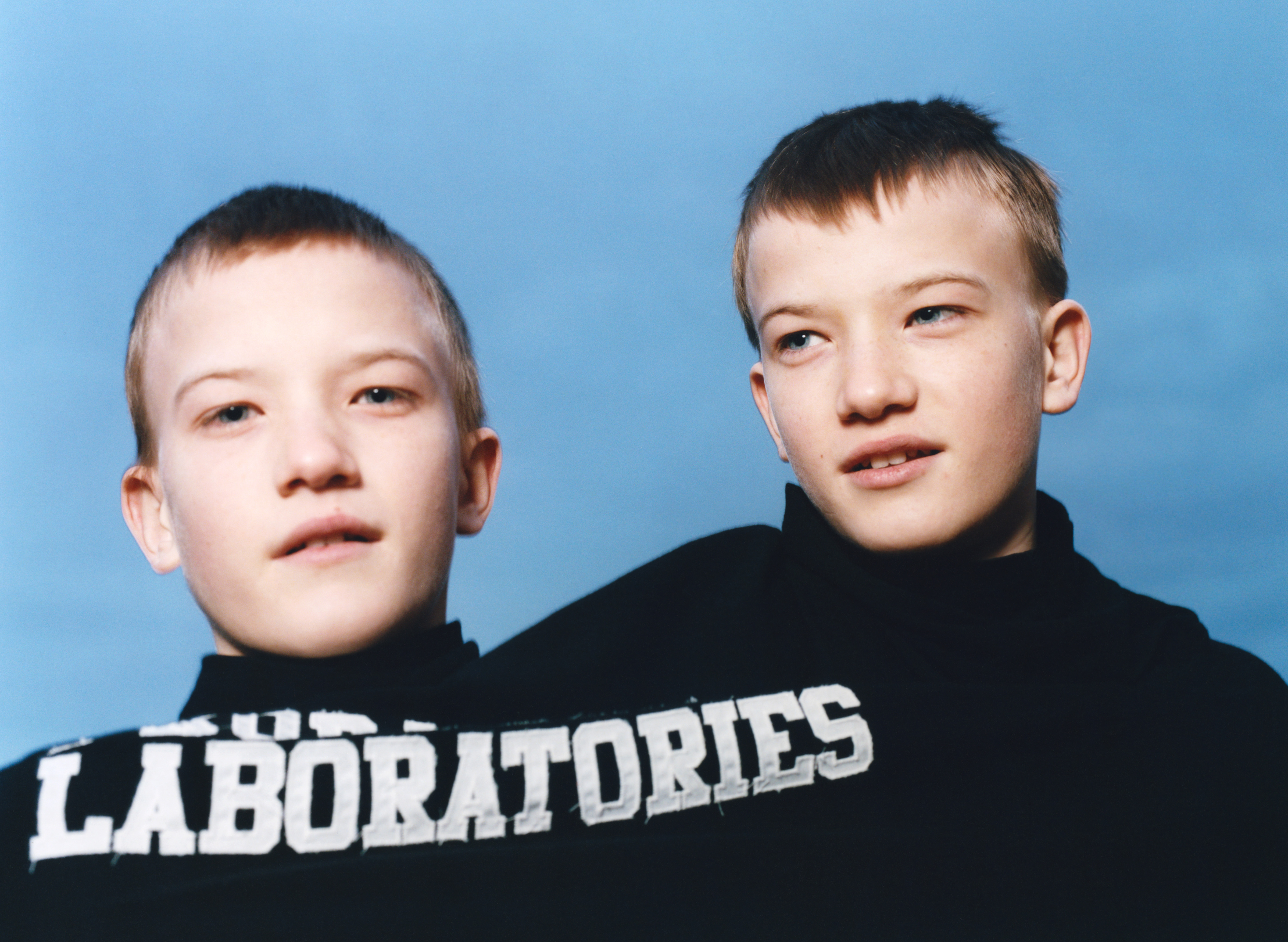
A young man cradling a newborn baby, a girl with wildflowers threaded through her hair, teenage siblings wrapped in an embrace: these are not typical images from a country at war, but then neither is FUTURESPECTIVE, a typical exhibit. Opening at the Saatchi Gallery this week, FUTURESPECTIVE showcases the work of 34 young and emerging Ukrainian photographers who were discovered via an open call and selected by a jury that included photographer Carlijn Jacobs and Brett Lloyd, among others.
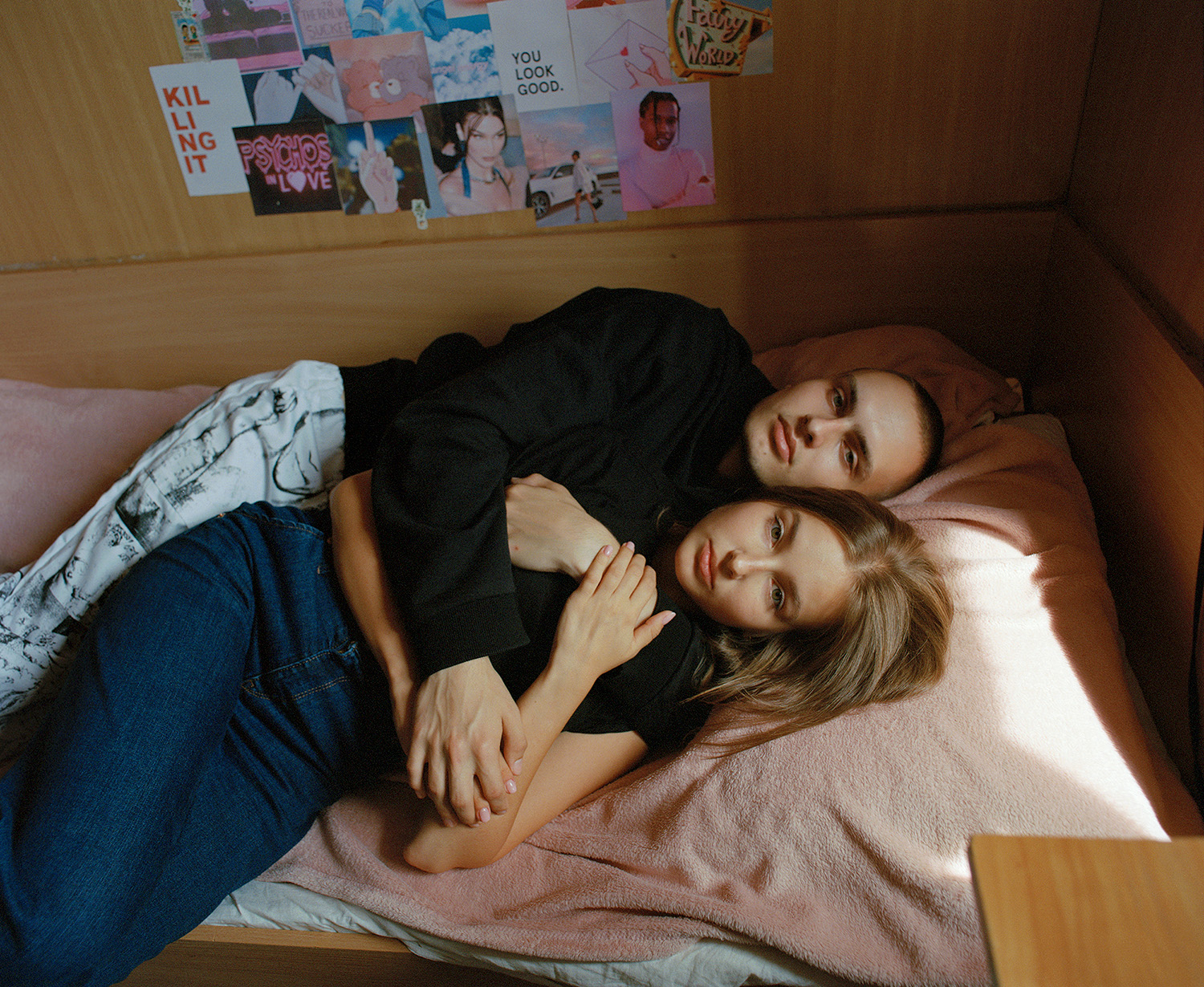
Image from FUTURESPECTIVE, Daria Svertilova
The aim of the exhibit is to introduce the country’s next generation of photographers on the international stage and, in the process, it presents a portrait of a country at war as seen by youth. The result is a diverse collection of work that spans documentary and art photography, still life, landscape, and collage, some of which were taken before the war began in 2022, and others after. No matter the context in which they were taken, the present circumstances give every image greater resonance. Gathered together on four of the gallery’s white walls, the pictures compel viewers to see how the questions that preoccupy all people, especially young people – what matters to me now? What might come in the future? – become even more significant when they are put at risk.
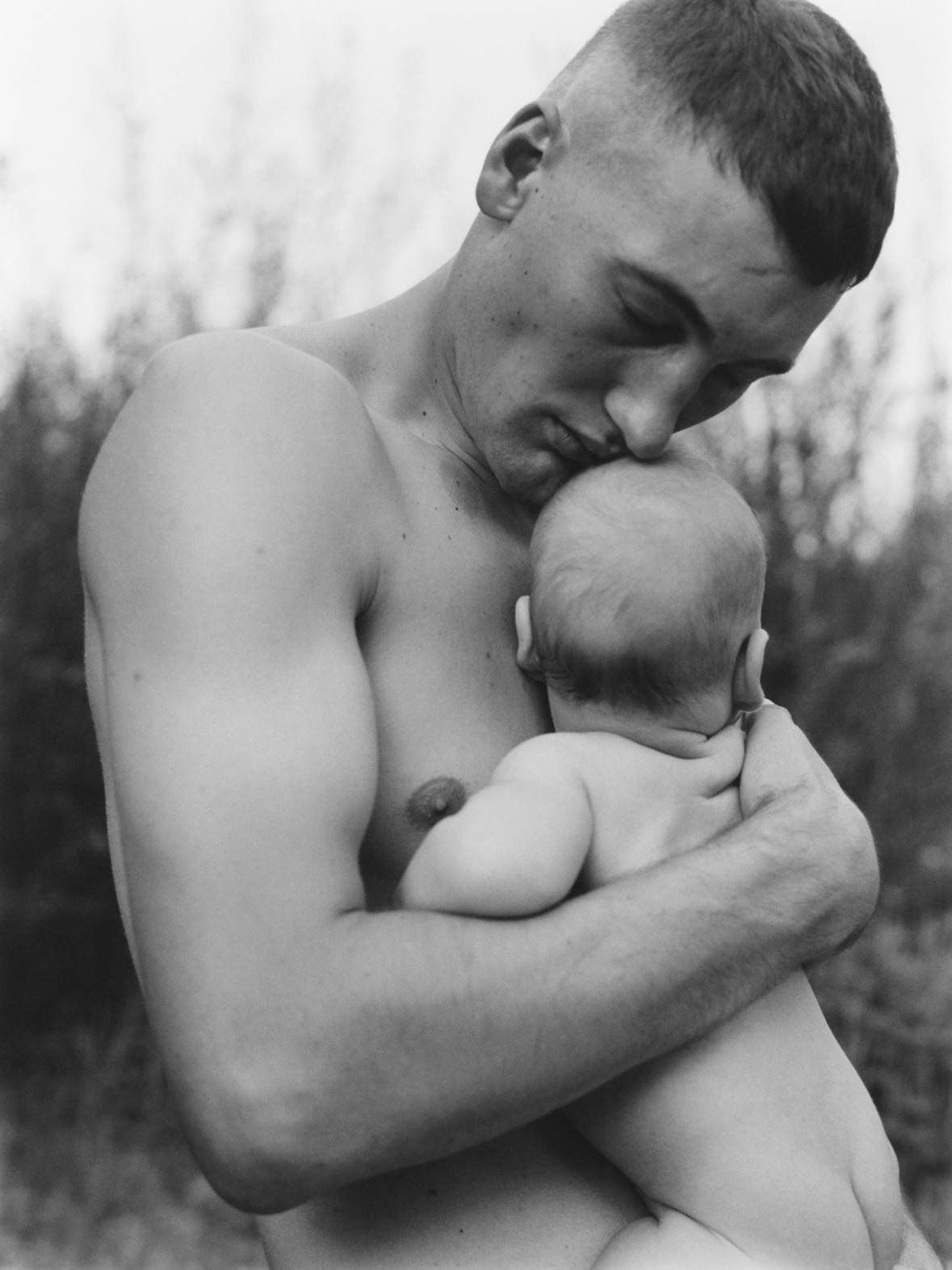
Image from FUTURESPECTIVE, Ania Brudna
For many of the young photographers in the show, the opportunity to display their work forced them to confront these questions anew. ‘In the first months of the invasion, I felt a very strong apathy: creating art was no longer needed when it came to survival,’ says Vic Bakin.
‘I asked myself the same question again and again: what’s it for? Why create? And I couldn’t find any answer. I am talking about art, of course. I am not talking about photojournalism, reportage, and documentary photography, which became extremely important in the first months and continue to be important. We should not underestimate the work of Ukrainian (and foreign) photojournalists, who first showed the world Bucha and Mariupol and continue to show the world what happens here. Ukraine, like any other country at war, relies on this powerful medium.’
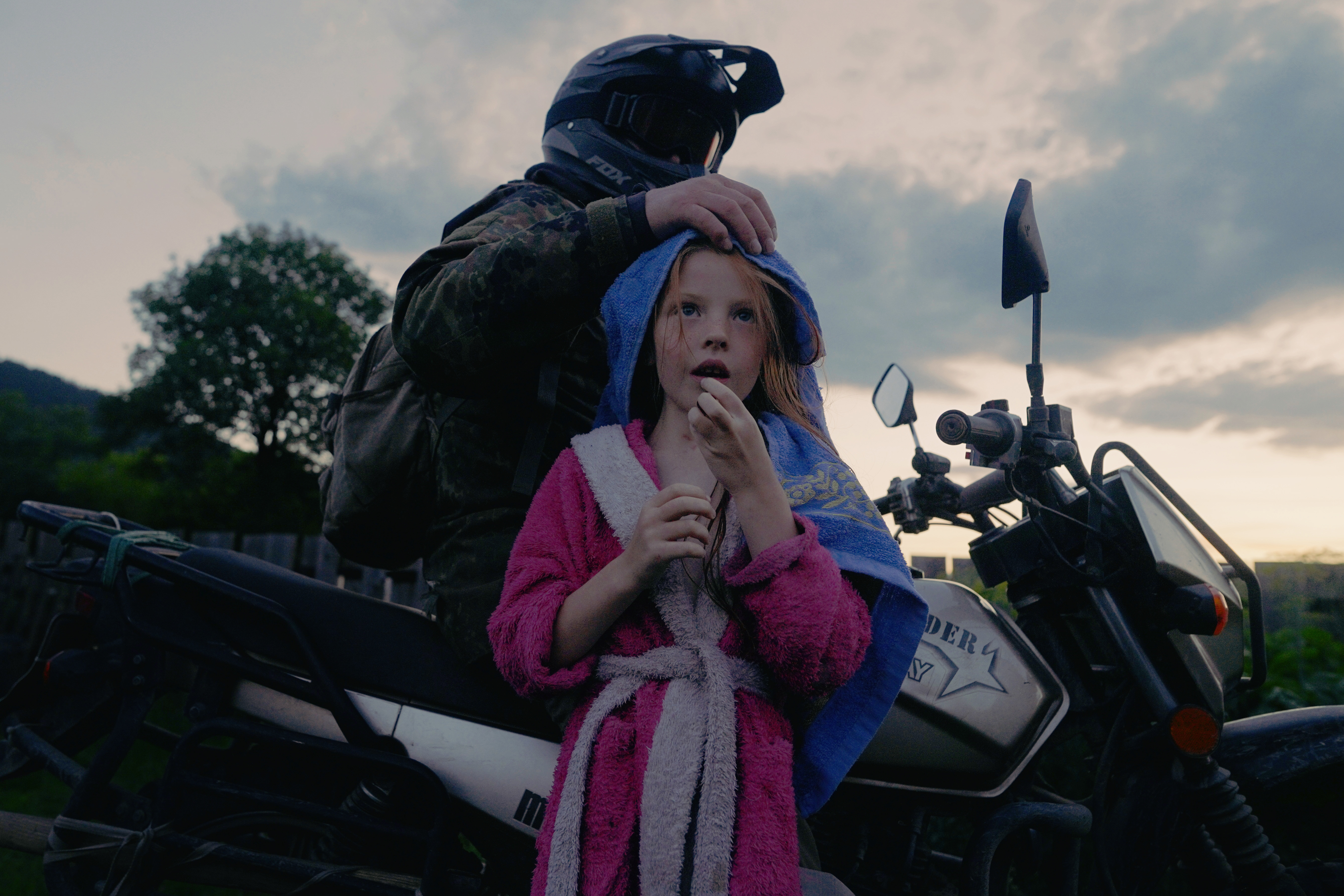
Image from FUTURESPECTIVE, Alina Prisich
‘One could say [artistic photography] is not immediate and it’s not crucial enough,’ Bakin continues. ‘And I would agree; it’s a different kind of approach. But still, if you can touch the heart of the audience, it is a legitimate way to do your work. For me, it works: you talk about the same thing, but with different words or in a different language. But still, you tell the story. No matter what, the function is still the same.’
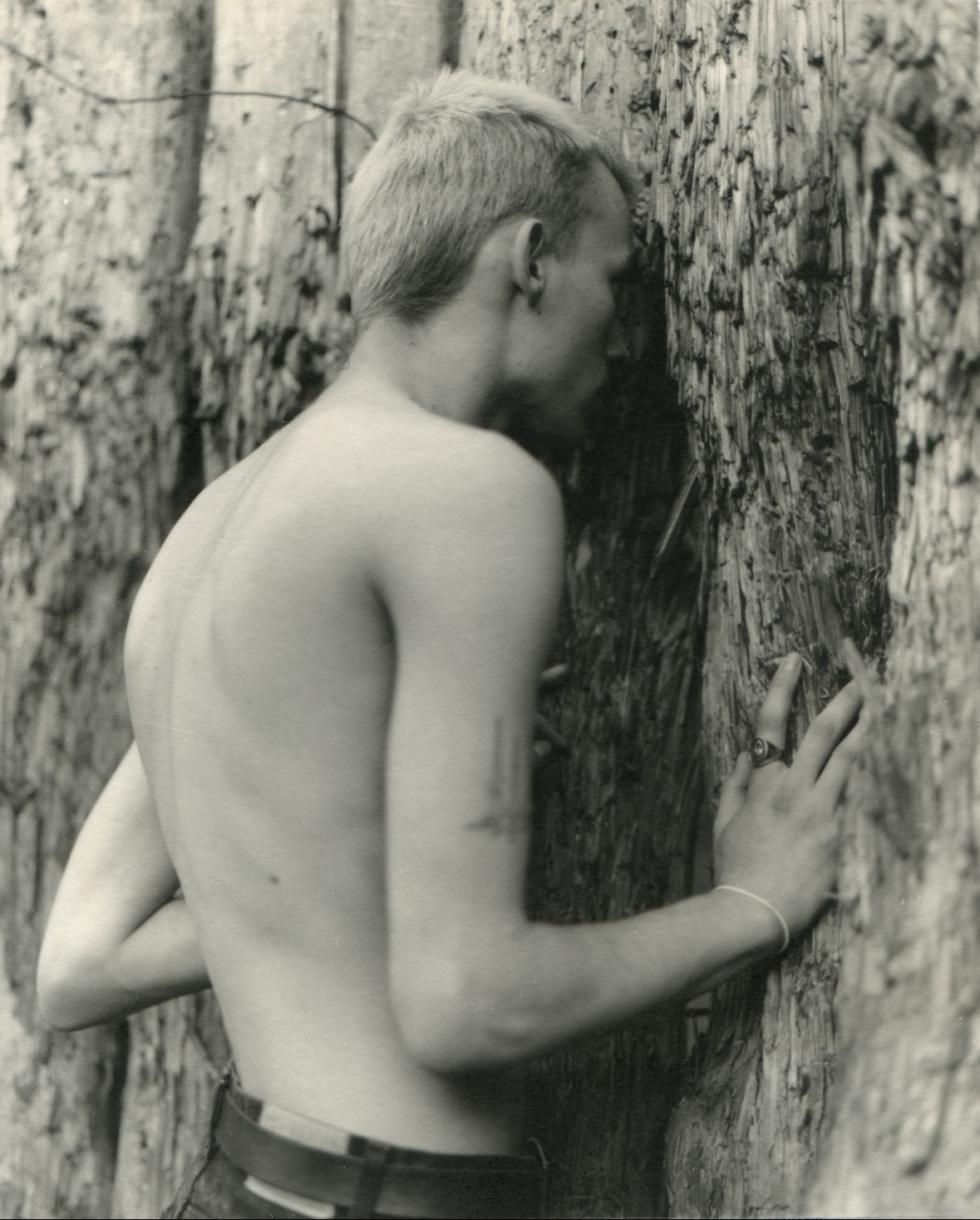
Image from FUTURESPECTIVE, Vic Bakin
Photographer Mykola Maychyk echoes a similar sentiment, noting that the war has changed the personal and public significance of his work.
‘Since Russia’s full-scale invasion of Ukraine began, my vision and approach to creativity have been turned upside down,’ Maychyk says. ‘My photography has gained a new sense of sensitivity and compassion. It has become a powerful tool for sharing Ukrainian culture (in my case) and for informing the world about the war in Ukraine – a role also seen in the work of Ukrainian military photographers and documentarians.’
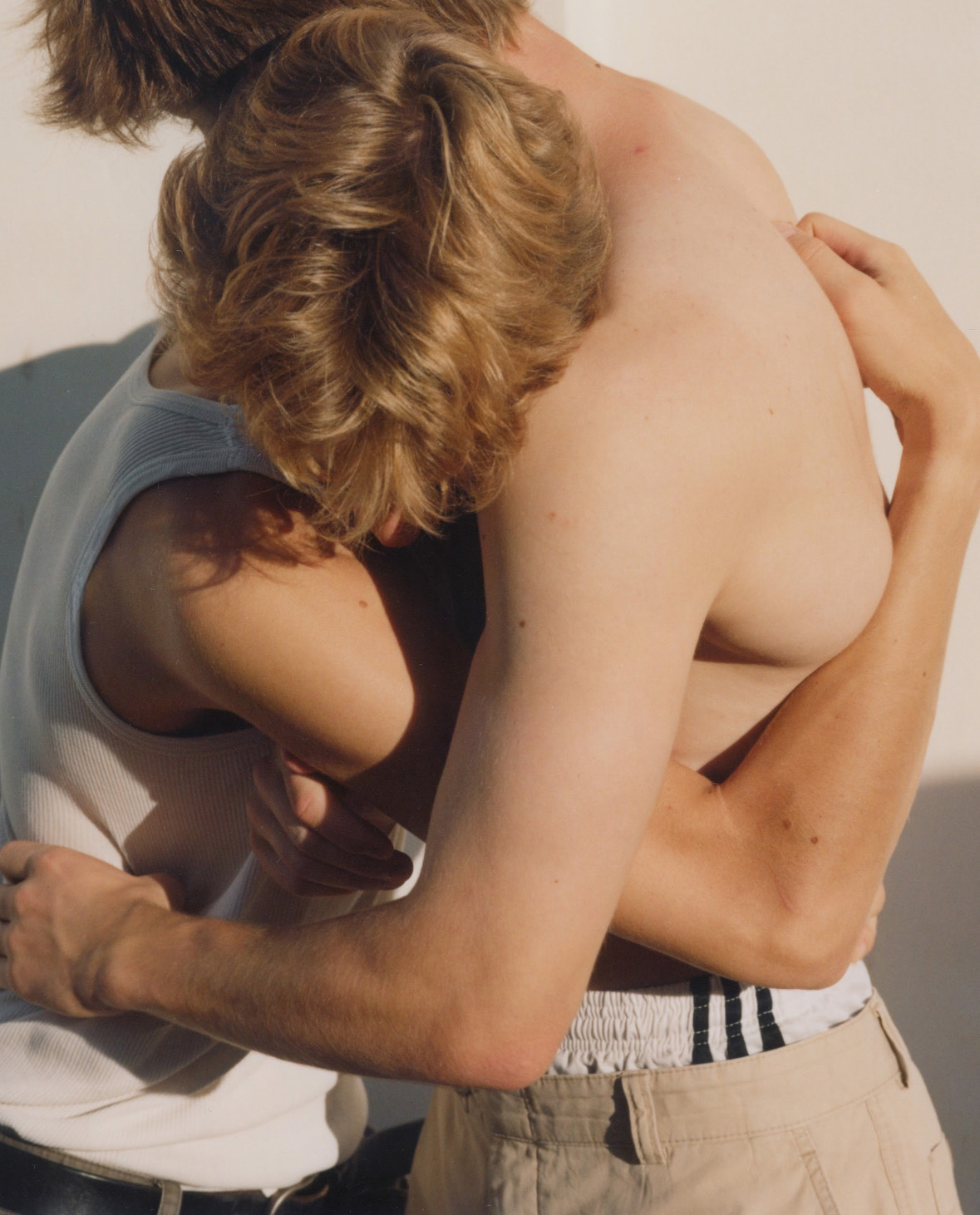
Image from FUTURESPECTIVE, Mykola Maychyk
Indeed, FUTURESPECTIVE demonstrates just how powerful a tool photography can be, offering viewers intimate insight into a country at war, and the toll such an experience takes on the ones who are forced to go through it. For artists like Maychyk, that is what makes this exhibition so important.
Receive our daily digest of inspiration, escapism and design stories from around the world direct to your inbox.
‘Sadly, it took such turbulent times for many of us to realise how vital it is to present Ukrainian art to the world,’ he says. ‘This act serves two inseparable purposes – to inform the world about the war, and to highlight Ukrainian artists whose work is nationally and internationally competitive.’
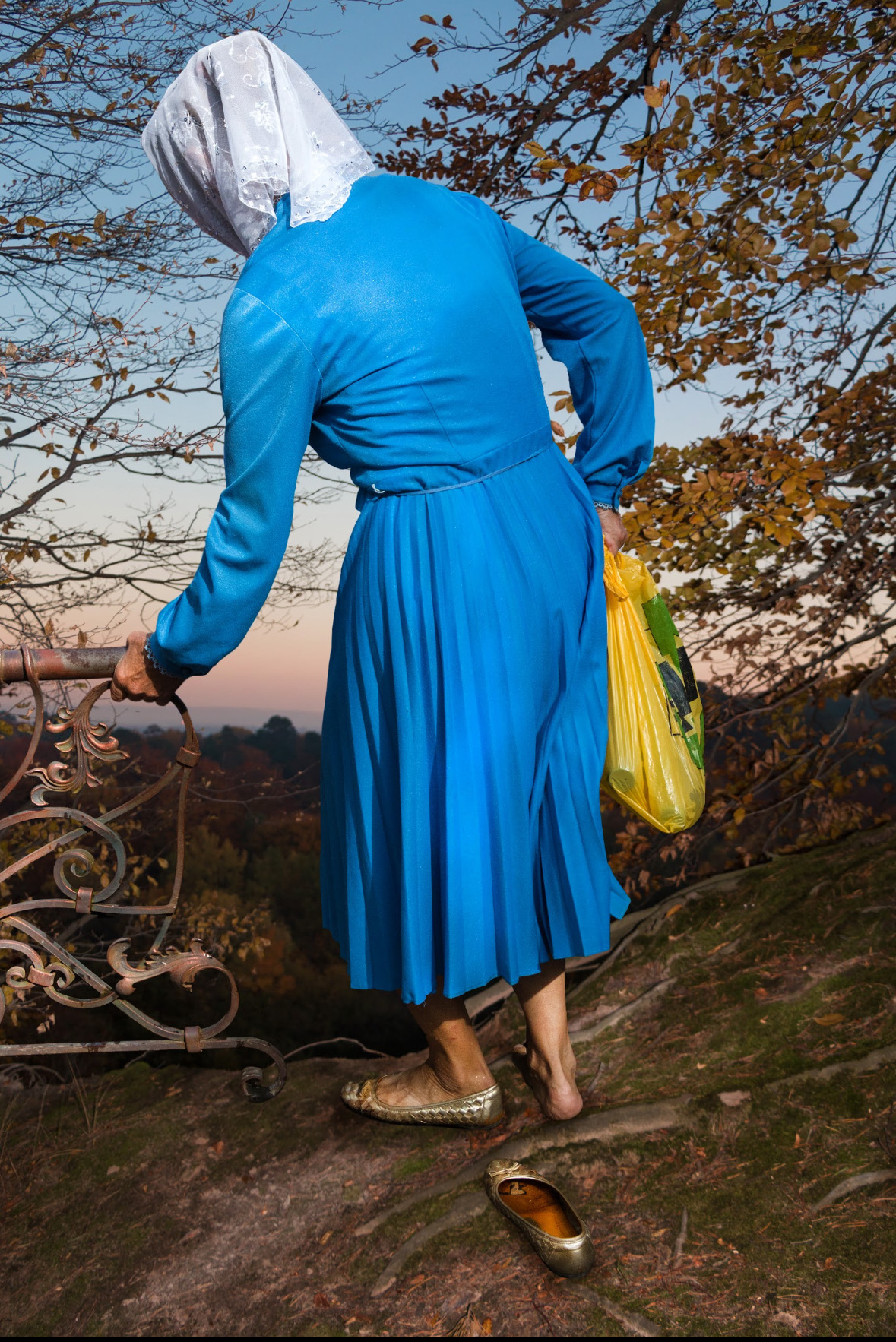
Image from FUTURESPECTIVE, Elena Subach
‘I hope visitors leave with sincere, positive and at times, compassionate feelings. The variety of styles and approaches is truly remarkable, and these works are the kind you want to look at closely, to really feel. I believe that’s exactly what will happen.’
‘FUTURESPECTIVE, at Saatchi Gallery until 16 November 2025, https://www.saatchigallery.com/
Mary Cleary is a writer based in London and New York. Previously beauty & grooming editor at Wallpaper*, she is now a contributing editor, alongside writing for various publications on all aspects of culture.
-
 This cult Los Angeles pop-up restaurant now has a permanent address
This cult Los Angeles pop-up restaurant now has a permanent addressChef Brian Baik’s Corridor 109 makes its permanent debut in Melrose Hill. No surprise, it's now one of the hardest tables in town to book
-
 French bistro restaurant Maset channels the ease of the Mediterranean in London
French bistro restaurant Maset channels the ease of the Mediterranean in LondonThis Marylebone restaurant is shaped by the coastal flavours, materials and rhythms of southern France
-
 How ethical is Google Street View, asks Jon Rafman in Copenhagen
How ethical is Google Street View, asks Jon Rafman in CopenhagenIn 'Report a Concern - the Nine Eyes Archives' at Louisiana Museum of Art, Copenhagen, Jon Rafman considers technology's existential implications
-
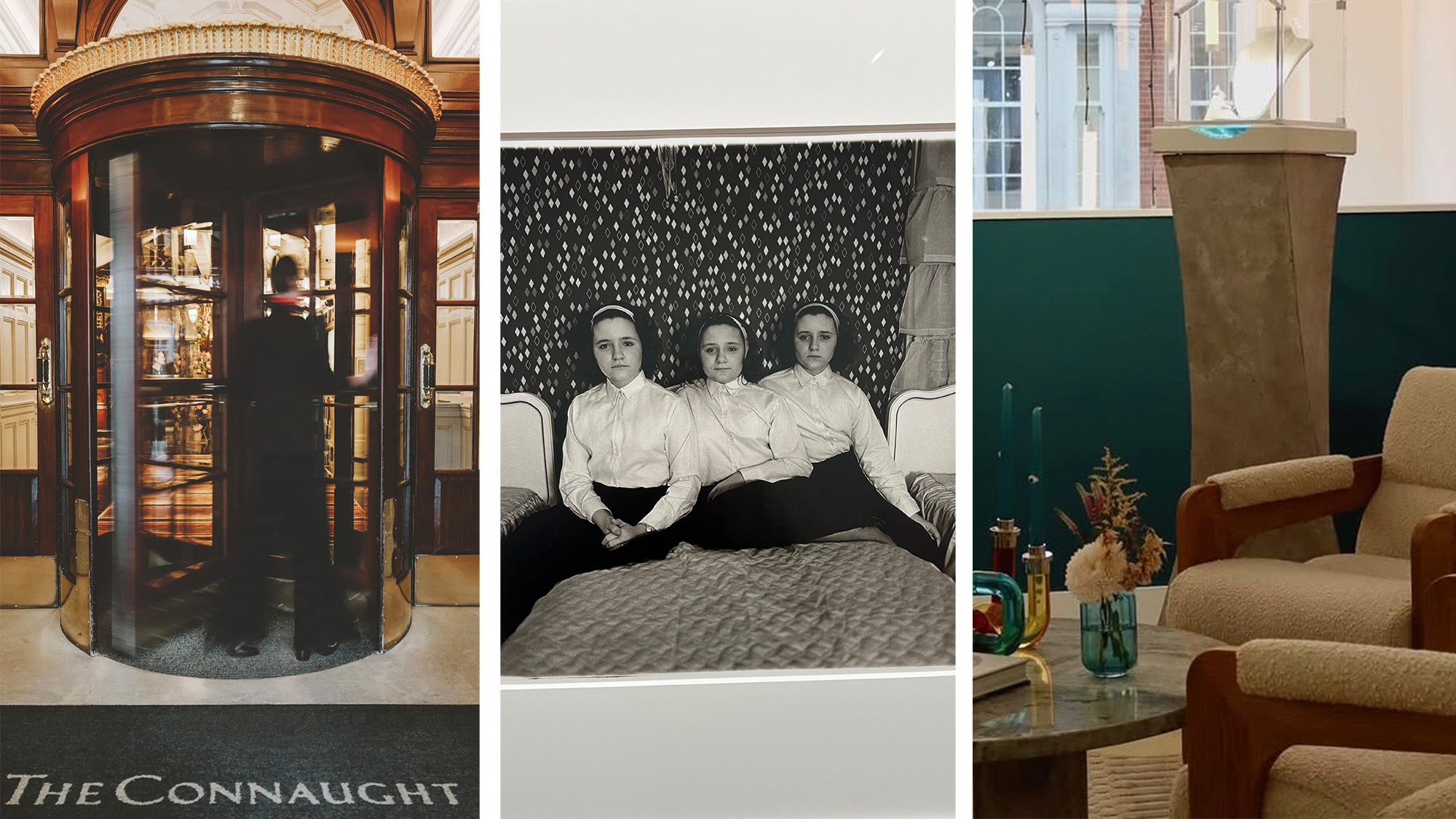 Out of office: The Wallpaper* editors’ picks of the week
Out of office: The Wallpaper* editors’ picks of the weekThis week, the Wallpaper* editors curated a diverse mix of experiences, from meeting diamond entrepreneurs and exploring perfume exhibitions to indulging in the the spectacle of a Middle Eastern Christmas
-
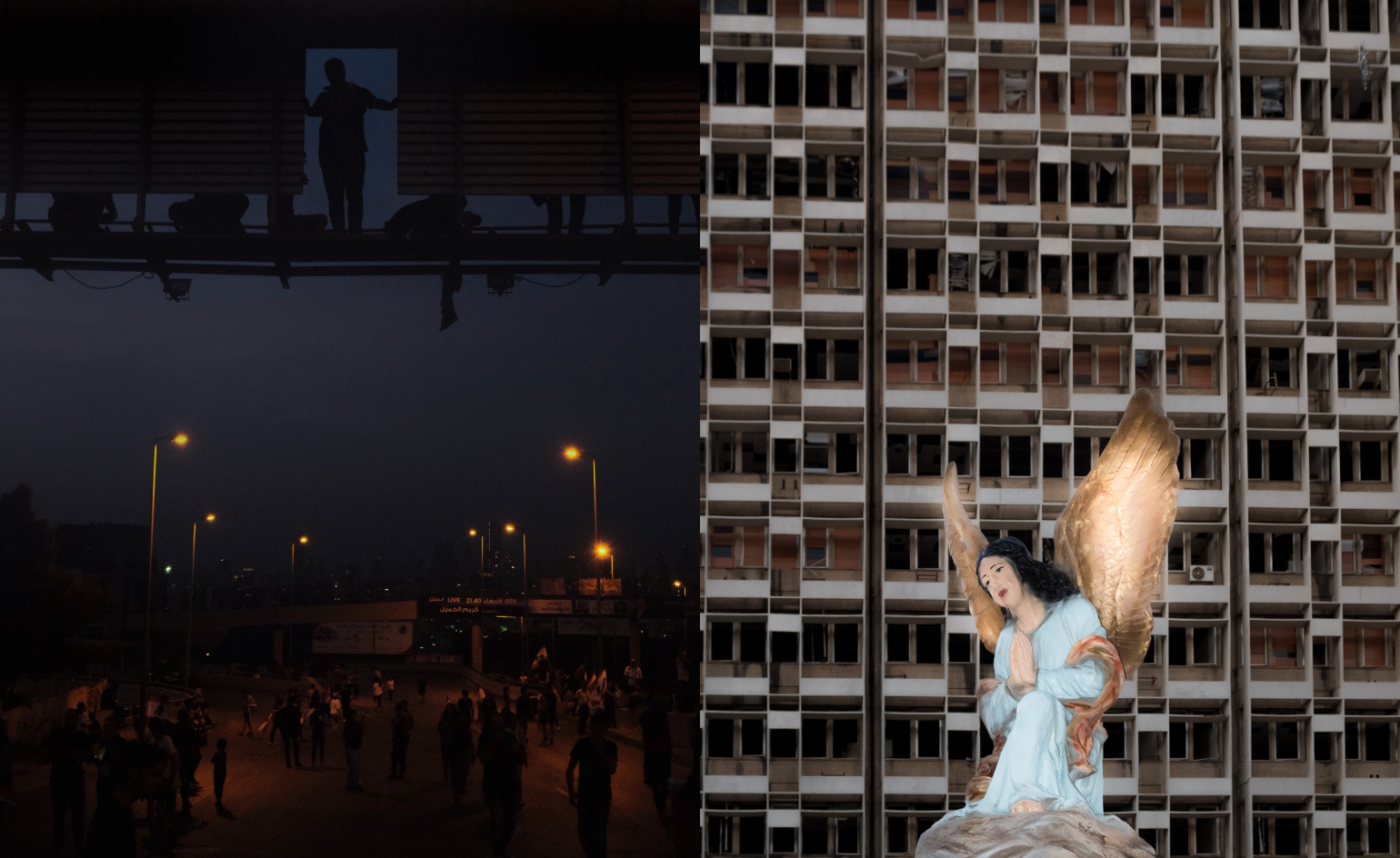 A poignant Lebanese photo book reflects on the memory of home
A poignant Lebanese photo book reflects on the memory of homeCharbel Alkhoury conveys the ache of seeking asylum in a photography book that documents not just a place, but its lingering afterimage
-
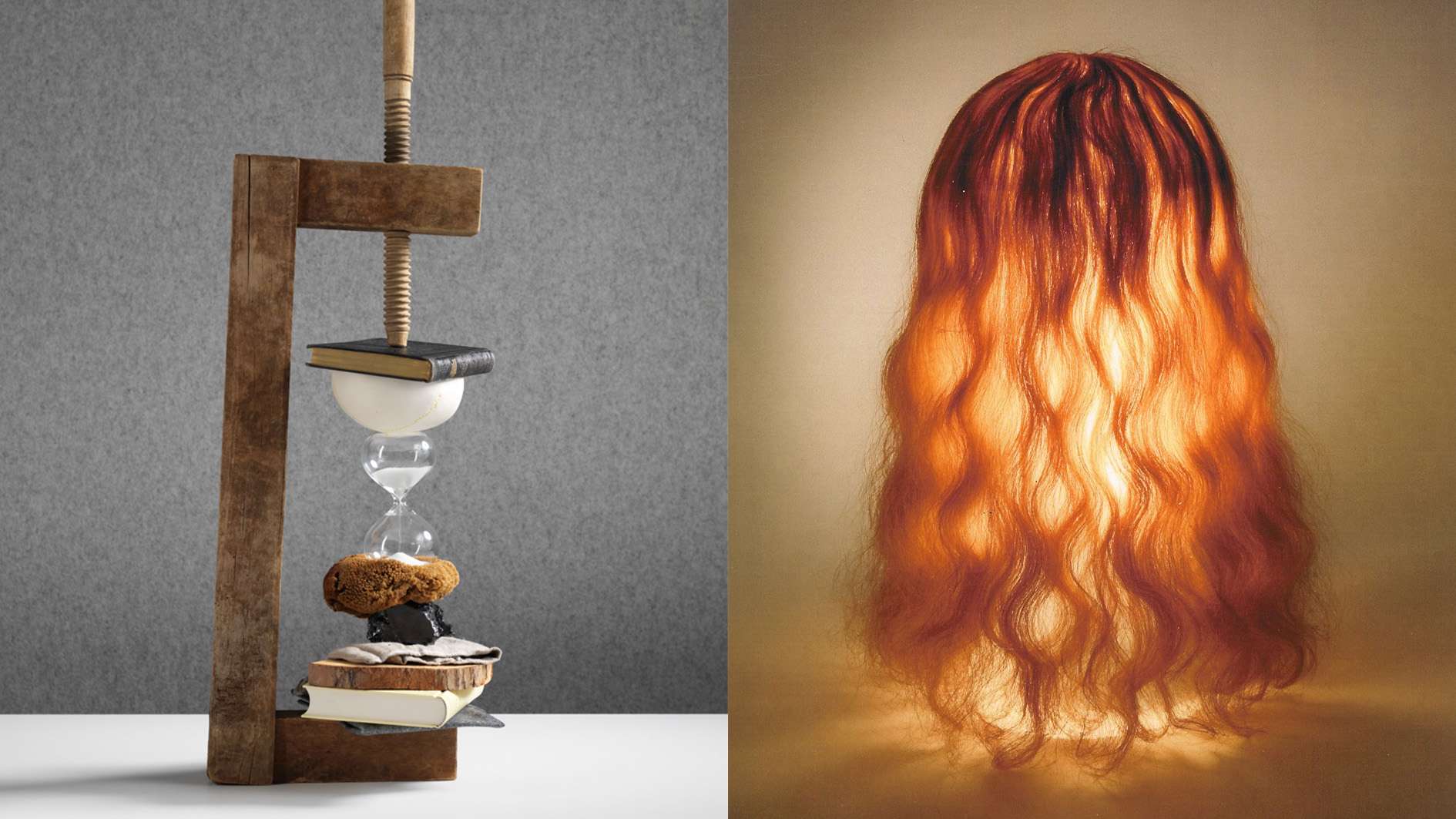 Rolf Sachs’ largest exhibition to date, ‘Be-rühren’, is a playful study of touch
Rolf Sachs’ largest exhibition to date, ‘Be-rühren’, is a playful study of touchA collection of over 150 of Rolf Sachs’ works speaks to his preoccupation with transforming everyday objects to create art that is sensory – both emotionally and physically
-
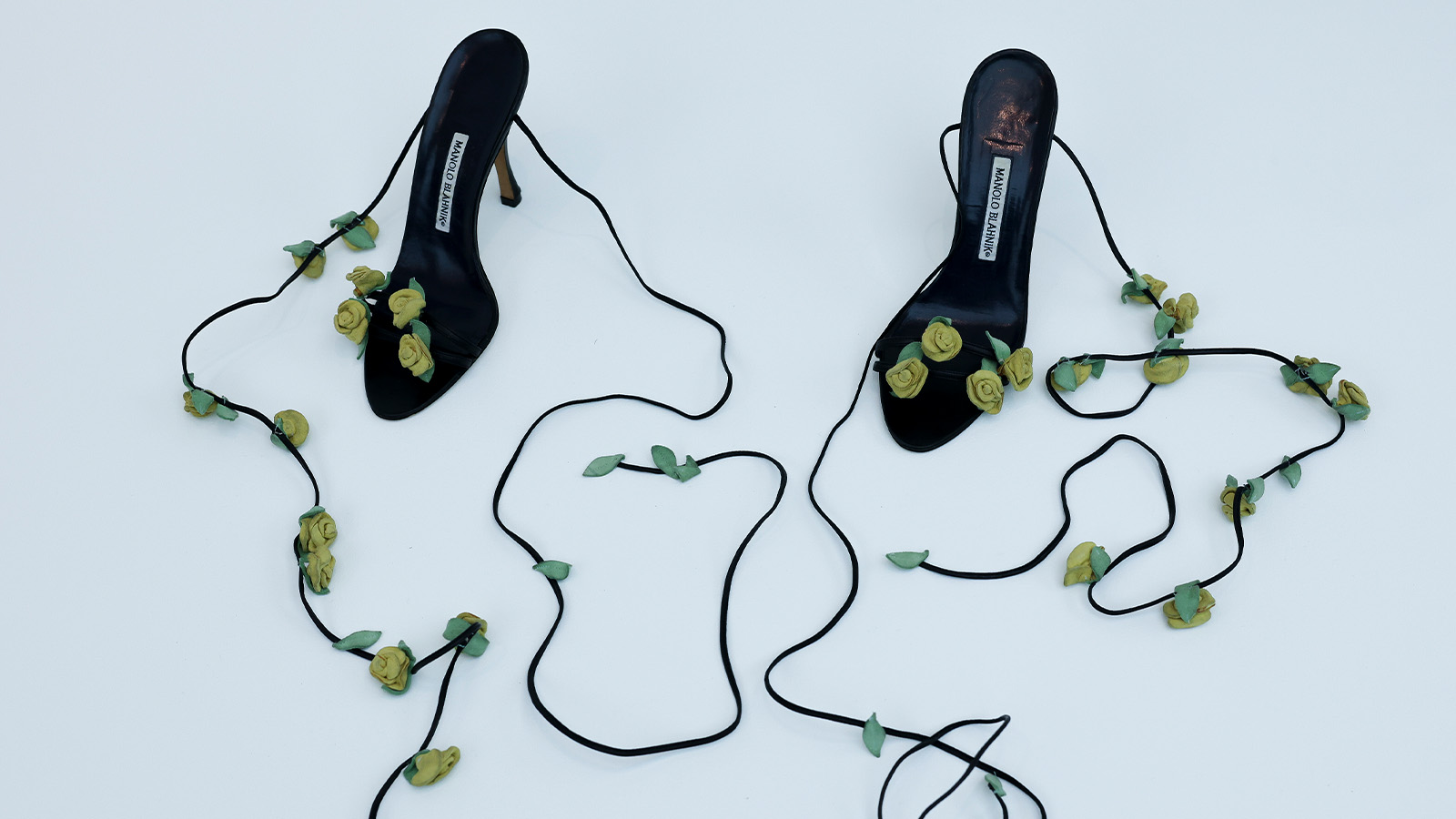 Saatchi Gallery is in full bloom with floral works from Vivienne Westwood, Marimekko, Buccellati and more
Saatchi Gallery is in full bloom with floral works from Vivienne Westwood, Marimekko, Buccellati and more‘Flowers – Flora in Contemporary Art & Culture’ at Saatchi Gallery, London, explores the relationship between creatives and their floral muses, and spans from fashion and jewellery to tattoos
-
 From activism and capitalism to club culture and subculture, a new exhibition offers a snapshot of 1980s Britain
From activism and capitalism to club culture and subculture, a new exhibition offers a snapshot of 1980s BritainThe turbulence of a colourful decade, as seen through the lens of a diverse community of photographers, collectives and publications, is on show at Tate Britain until May 2025
-
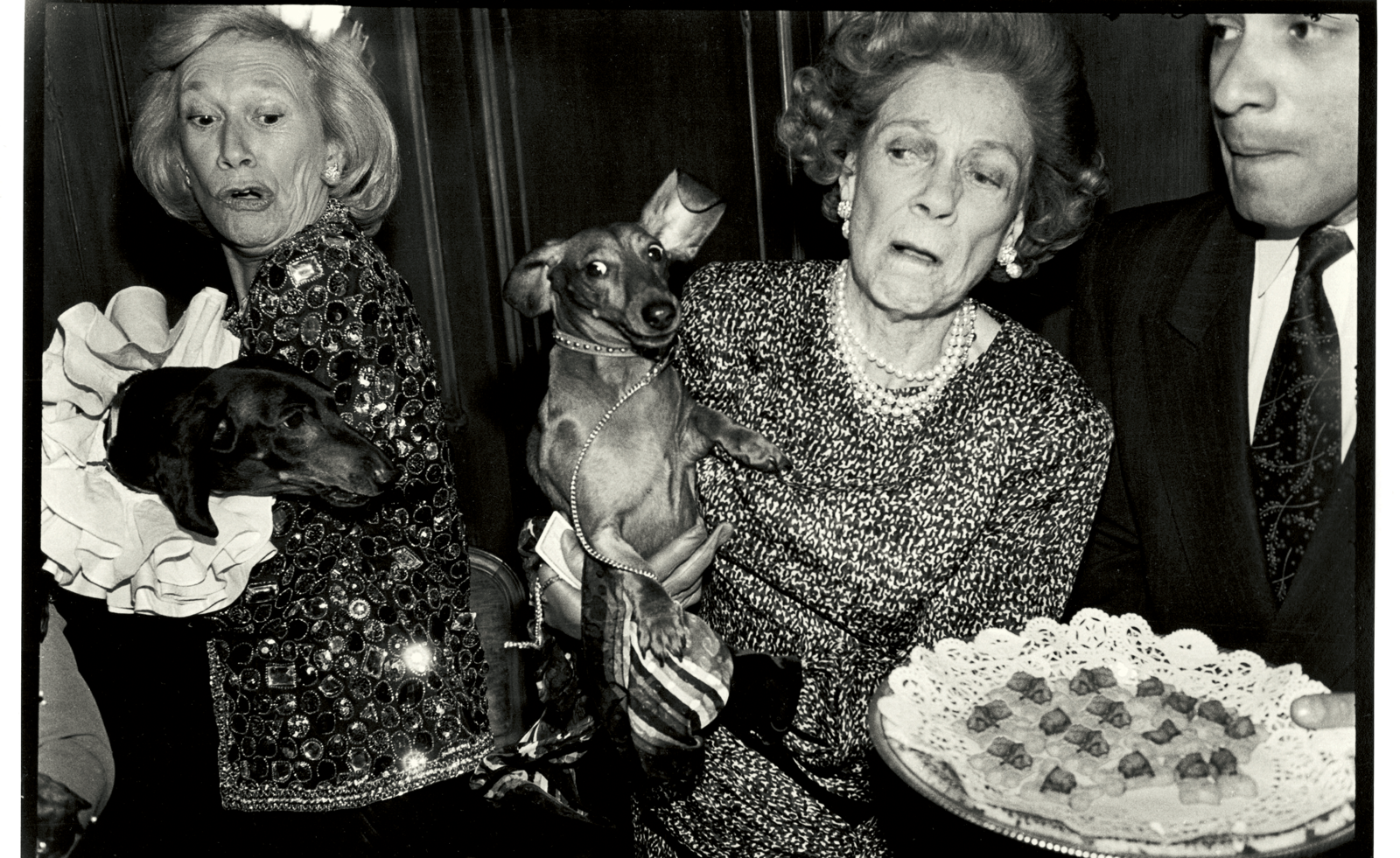 Dark, glamorous and hedonistic: a photography book captures New York in the 1990s
Dark, glamorous and hedonistic: a photography book captures New York in the 1990sNew York: High Life, Low Life, by Dafydd Jones, goes behind the scenes of New York society
-
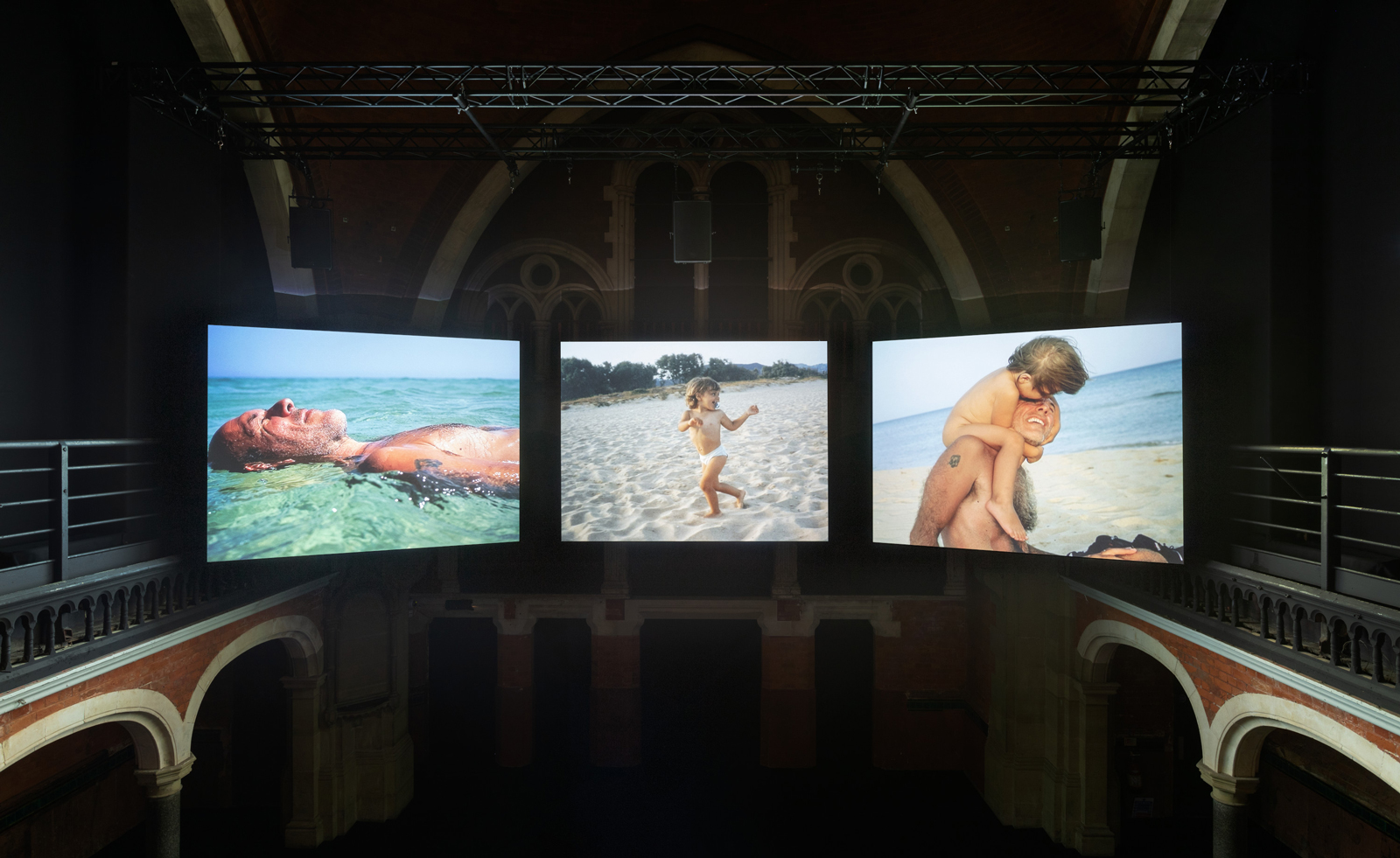 Nan Goldin takes over London’s Welsh Chapel with a provocative new film
Nan Goldin takes over London’s Welsh Chapel with a provocative new filmNan Goldin’s ‘Sisters, Saints, Sibyls’ – at The Welsh Chapel, London until 23 June 2024 as part of Gagosian Open – is not an easy watch
-
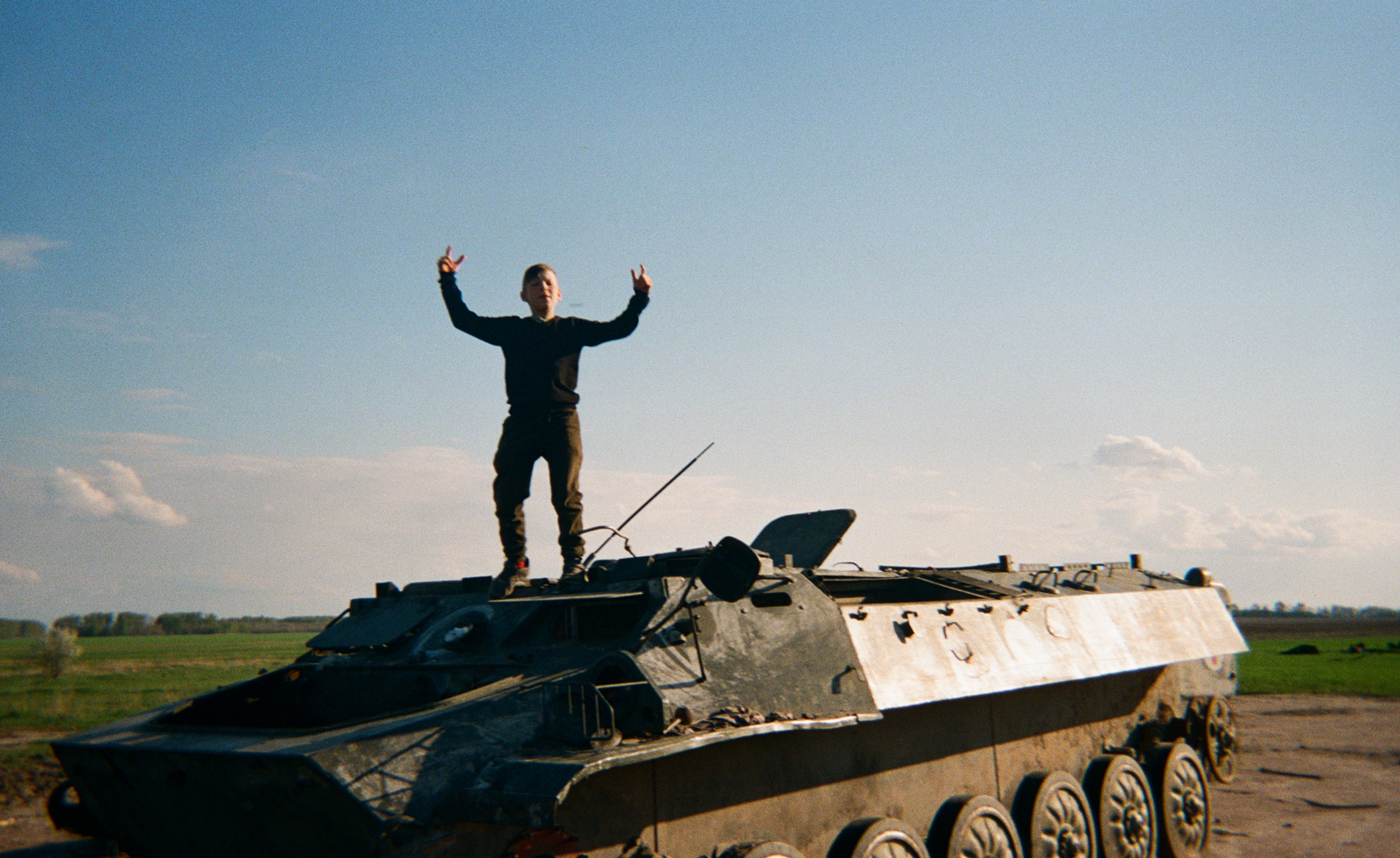 The Ukrainian children documenting their daily lives with disposable cameras
The Ukrainian children documenting their daily lives with disposable camerasUkrainian children are using creativity to overcome trauma, encouraged by non-profit Behind Blue Eyes